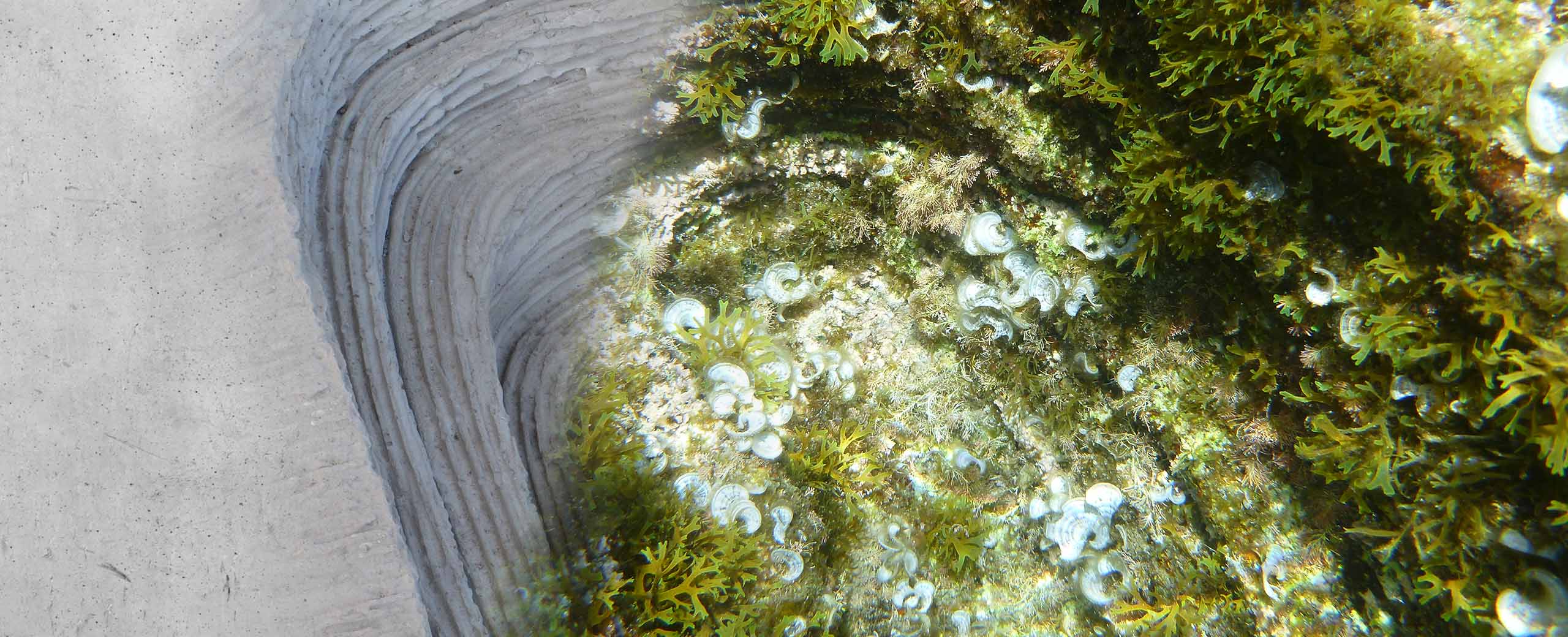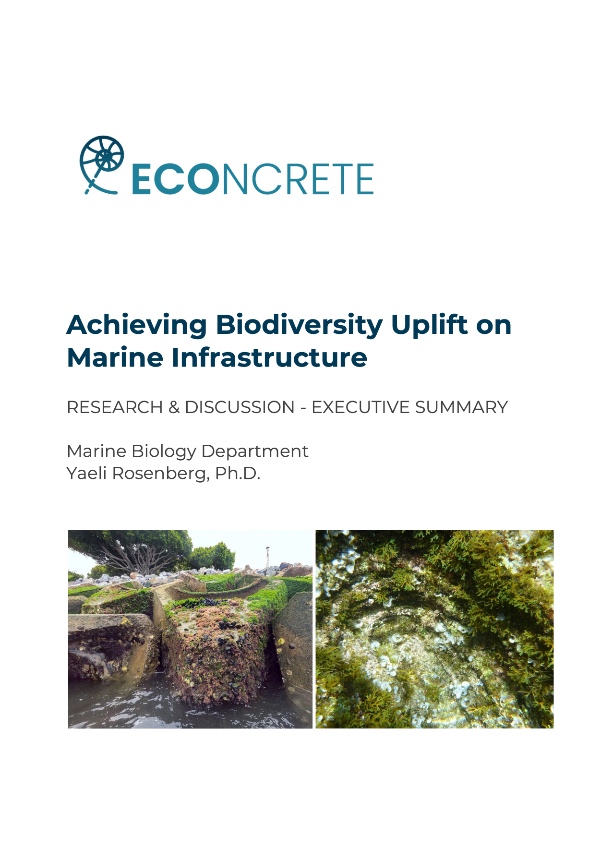This white paper discusses how ECOncrete technology can promote marine biodiversity as integral part of concrete-based coastal and marine infrastructure.
Although marine species richness accounts for only 4% of global diversity, life began in the sea, and much of deep diversity is still primarily or exclusively marine. Nevertheless, our knowledge of marine diversity in the present is poor compared to our knowledge of terrestrial organisms. And appreciation for the dramatic changes in marine ecosystems that have occurred is only just beginning to emerge.
“ECOncrete’s installations across the world indicate that slight modifications of concrete composition and design can improve the capabilities of concrete-based coastal and marine infrastructures to support marine fauna and flora and provide valuable ecosystem services.”
Why is it important to promote biodiversity on marine infrastructure?
Around 70% of marine infrastructures are made of concrete. Due to the onset of climate change, rising sea levels are prompting the expansion and construction of new coastline protection project developments globally with even more concrete marine infrastructure (CMI). However, CMI damages local marine life, by preventing settlement and growth due to their surface composition and leaching adverse chemicals into the water, and only the most resilient – and coincidentally – invasive species dominate.
However, ECOncrete has demonstrated that it is possible to enhance biodiversity through changes in concrete chemical composition, roughness, surface texture, and the addition of variously sized pits or holes. This whitepaper presents research findings on how ECOncrete technology enables biodiversity uplift on marine infrastructure, click here to download the white paper Achieving Biodiversity Uplift on Marine Infrastructure.

